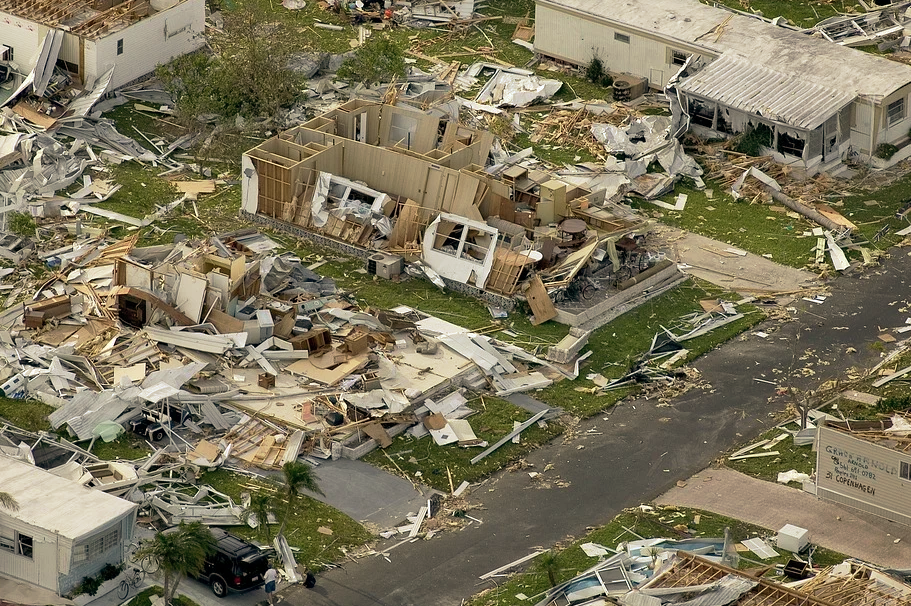Sarasota Insurance Agency >> blog

An important consideration when renting, buying a home, or reviewing your homeowners' insurance policy is whether your insurance covers natural disasters. These can include disaster strikes such as:
Standard homeowners' insurance policies may cover a wide variety of situations, but other potential disasters must be added to your policy. Insurance is necessary for anything likely to be very expensive to fix out-of-pocket. This may cover items lost to theft or fire damage, but not all natural disasters are covered.
This article offers a primer on how natural disasters are covered by homeowners' insurance. See FindLaw's Insuring Your Home, including What Does a Home Insurance Policy Cover? for related information.
Generally, natural disasters are not covered by a basic home insurance policy if you live in a high-risk area, such as a flood plain or along an active fault. Typically, homeowners may purchase supplemental policies that cover a specific type of natural disaster. But if you live in a high-risk area, you may have to pay more for your general policy to cover the increased risk.
Not all sources of flooding are treated in the same way, since flooding can come from:
For the most part, all homeowner policies specifically exclude flood-related damage. The exception is cases related to flooding from damaged plumbing infrastructure, like leaking pipes.
If you live in an area where floods are frequent, you may purchase a special flood protection policy. The National Flood Insurance Program (NFIP) was created by Congress in 1968. It allows homeowners in flood-prone areas to buy flood insurance. It is through private insurance companies but is backed by the U.S. government.
The cost of flood insurance through NFIP is determined by what measures your community has taken to mitigate the risk of flood damage. See the Federal Emergency Management Administration (FEMA) document National Flood Insurance Program Summary of Coverage [PDF] to learn more.
Homeowners' insurance covers natural disasters related to wind damage. However, they do not include the flooding that often follows storm surges from hurricanes.
Damage from tornadoes is typically covered, such as:
Most Atlantic or Gulf Coast states are susceptible to hurricanes (including Florida and Louisiana). You may need to purchase flood insurance and/or special "beach and windstorm" insurance to protect your home.
Insurance companies are in the business of making money, and hurricanes can cost a region tens of billions of dollars in property damage. Make sure you understand the fine print if your home is in a high-risk area. For example, many hurricane-related insurance claims involve disputes over how the terms "wind damage" and "flood damage" are defined by insurers.
The cost of earthquake insurance is determined by several different factors:
Some homeowners live in areas not known for seismic (earthquake) activity. They often still have the option of purchasing supplemental earthquake insurance at a relatively low premium.
For example, earthquake insurance is very inexpensive for Missouri homeowners, even though the state sits on the little-known but potentially devastating New Madrid Fault.
Even if you live in Kansas, your homeowners' insurance policy probably covers damage from an unlikely volcanic eruption. Specifically, standard policies cover damage related to:
Damage that is not covered includes anything from:
Homeowners living near active volcanoes, including parts of Washington, may purchase additional coverage for volcanic disasters.
Written by FindLaw Staff
2020-05-28 14:08:19